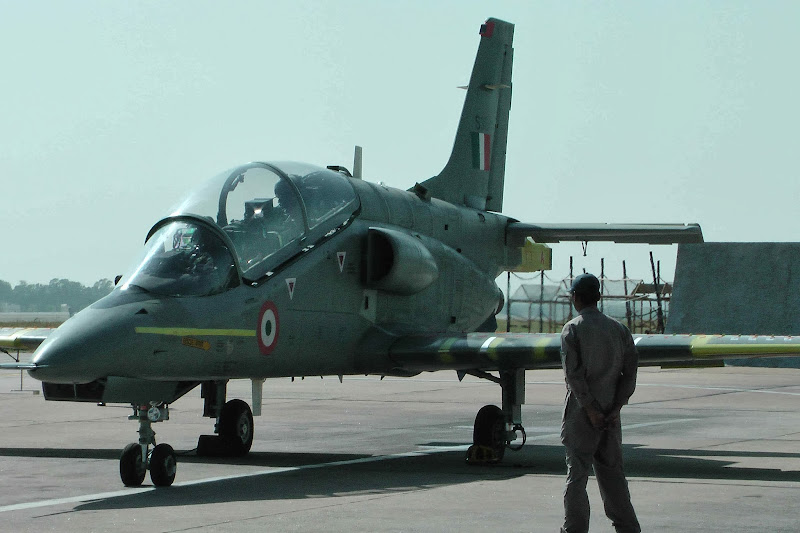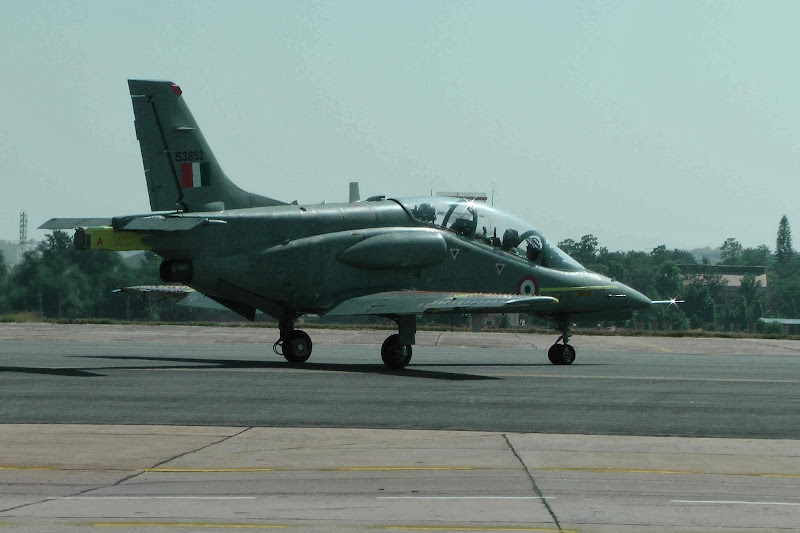ladder
Senior Member
- Joined
- Mar 28, 2013
- Messages
- 7,255
- Likes
- 12,207
HAL struggling with jet trainer project
HAL struggling with jet trainer project - The New Indian ExpressHindustan Aeronautics Ltd (HAL) is struggling with its Intermediate Jet Trainer (IJT) project, almost 10 years after the first prototype had its maiden flight.
Sources confirmed to Express that engineers and designers at HAL's Aircraft Research and Design Centre have the daunting task of identifying and correcting the inherent asymmetry of the aircraft. The HAL hopes to get the Initial Operational Clearance (IOC) for IJT by the end of December, though insiders said the deadline might get pushed to next year.
"The issues related to aircraft have been reported by pilots during the ongoing tests and also endorsed by BAE Systems. This is coming in a large way for the ongoing stall and spin trials. Pilots had tried their best, but the aircraft rolls around 16 degrees, thereby forcing them to abort the stall tests," a source said. The HAL had hired BAE Systems to act as consultants to evaluate the IJT's stall and spin tests. While the HAL officially refused to give any project update on IJT saying "there isn't much to share", sources said the aircraft is scheduled to undertake crosswind trials at Jamnagar and cold weather trials at Srinagar.
"The IOC declaration might happen after these trials. One aircraft is likely to perform the stall and spin permutation and combination exercises in a parallel manner, to save time. The designers are even trying wing dressing so as to provide with the best stall experience. So far, all the prototypes coming out are having inherent asymmetry problems," the official said.
The IJT, which was tipped to reap maximum benefits from HAL's involvement in the Tejas project, lost its flight path completely in the last seven years following a spate of crashes and management issues. The Indian Air Force has been waiting patiently for the IJTs with the hope of filling the gaps in its training format. The HAL is committed to deliver 12 limited series production aircraft to the IAF and later 73 series production planes -- the deadlines all looking messier now.
Sources said IJT's LSP-5 aircraft had its maiden flight during the last week of September, with a rolling off problem being reported on day one. However, the test flights of LSP-5 are currently on track, they said.
and more at
Tarmak007 -- A bold blog on Indian defence: HAL's struggle with IJT continues; hopes to get IOC in six months; LSP-5 begins test flights






 :taunt1:
:taunt1: